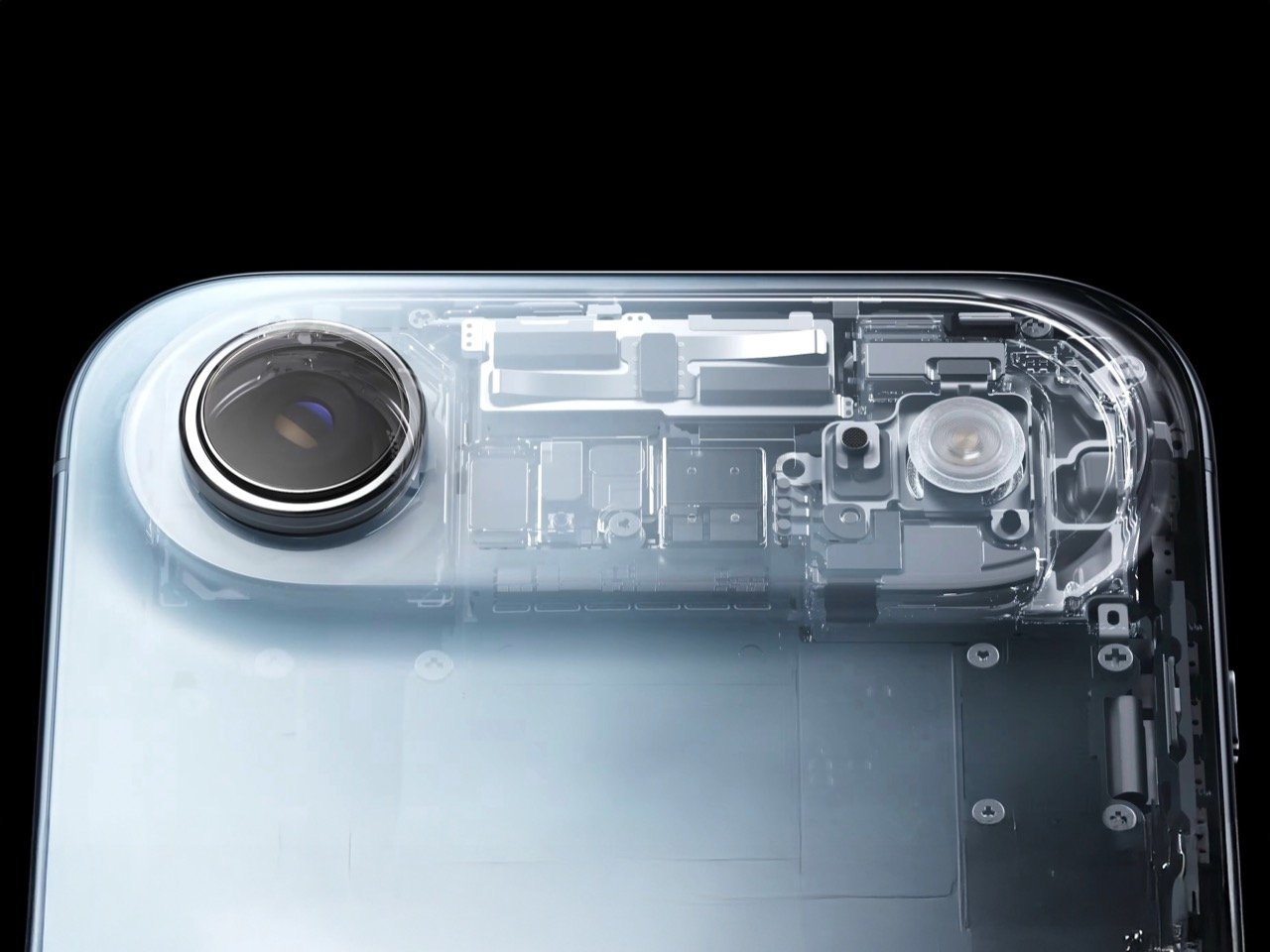I recently read a Digital Trends piece that spoke about how the ‘iPhone Air is setting us up for Apple Smart Glasses‘, and I couldn’t help but think about how journalists who look at the iPhone Air have one of two reactions. There’s one group of bloggers who believe this particular launch is just a stepping stone to a foldable phone… while the other group, marveling at how all the computing of the iPhone Air exists inside the bump, believe that this is actually leading to Apple building smart glasses. The latter are wrong, but before I tell you my spicy take, let me just preface by declaring that Apple almost certainly could be working on both foldables as well as smart glasses. I just don’t think the iPhone Air is leading to Apple Glasses – because there’s already a device that’s been leading to it. The Watch.
Something about Apple launching a new product really makes journalists lose all sense of objectivity. I’m not being rude, I’m saying this because I’ve found myself doing this too. I was genuinely excited when Apple unveiled the Touch Bar, the Dynamic Island, and Camera Control. It felt ground-breaking for precisely 4 minutes before I then reminded myself… the Touch Bar was first put on a Lenovo laptop 2 years before apple, the Dynamic Island is still larger than most hole-punch cameras, and the Camera Control, while great, doesn’t beat the innovation that Sony’s had in their ‘camera phone’ era. I’m not dunking on Apple, but hear me out – it’s impressive how Apple managed to fit an entire smartphone into the iPhone Air’s camera bump, but Apple’s done this before – the Apple Watch is essentially a computer crammed into a wristwatch. Saying the iPhone Air is building up to smart glasses means completely ignoring all of Apple’s work in the Watch category.
Will the iPhone Air’s innovations lead to wearable breakthroughs? Absolutely. The watch’s heart rate monitor led to breakthroughs in heart-tracking tech that made it to the AirPods Pro 3. The Center Stage camera on the Mac made it to the iPhone. Innovation always travels in multiple directions. But nobody looked at the heart rate monitor on the Apple Watch and thought, wow, this is definitely going to go into my ear someday.
The point is, Apple’s been on track for making powerful wearable devices. The Watch is essentially a computer that’s only limited by its chipset and OS. Bump the S-series chipset’s capabilities to match the A-series and the smartwatch essentially becomes a powerful computing device. It’s already got a gyroscope, it has a battery, tracks health, is ridiculously water-resistant, and could easily pack a camera if you remove the entire sensor array on the bottom for calculating blood oxygen, wrist temperature, respiratory rate, and heart rate variability.
So what’s the iPhone Air hinting at? To be honest, I think the most logical conclusion is a foldable. Apple’s built the iPhone Air to be ridiculously strong, thin, and capable of matching up to the performance of regular flagships. The iPhone Air’s thin design still has a massive battery, which obviously doesn’t port to a pair of smart glasses. Digital Trends asks this exact same question, wondering if Apple’s glasses will have a tethered battery pack like the Vision Pro. But then again, this is exactly what I find so amusing – journalists forgetting that Apple’s been making powerful computing devices with tiny batteries. All you need to do is look at your wrist!
The post The iPhone Air is NOT a precursor to Apple Glasses… Here’s why first appeared on Yanko Design.

